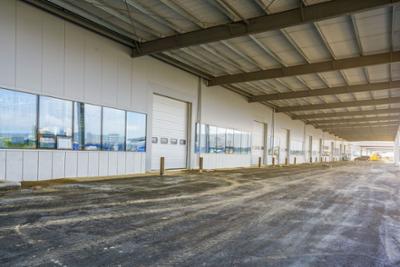

AEPA highlights the new campaign of Castile and León on door and gate safety

The Business Association of Manual and Automatic Doors (AEPA) has echoed the new campaign of the Castilla and León regional government on checking the safety and maintenance of doors and gates in industrial environments. Its main objectives are detailed below:
One of the most common elements in industrial environments are doors and gates, which are present in most workplaces, but whose importance in terms of safety is often overlooked. According to AEPA, in order to increase attention to them, the new Safety Check Campaign for Doors and Gates, an initiative that has been promoted by the Castile and León regional government since 2002, is once again a fundamental effort to raise awareness on the risks associated with these devices and to promote appropriate preventive measures.
Under the slogan "A timely check today, one less accident tomorrow", the new campaign aims to achieve a number of crucial objectives, including "awareness of the different types of doors and gates used in industrial and commercial environments, as well as their particular characteristics; from sliding doors to motorised gates, as each presents its own risks and safety requirements".
Becoming trapped and electrical hazards
Other objectives include "raising awareness of the risks inherent in the use of doors and gates in the workplace, from being trapped or crushed to electrical hazards in the case of powered gates"; knowledge of safety regulations and requirements by providing information on regulations, certifications and directives governing the installation, modification and maintenance of doors and gates; and the promotion of effective preventive measures to ensure safety, ranging from regular maintenance to the installation of additional safety systems".
Furthermore, it underlines "the responsibility of companies to ensure the safety of doors and gates in the workplace, which includes ensuring compliance with regulations such as Royal Decree 1644/2008, conducting regular maintenance according to the manufacturer's instructions, and properly assessing the associated risks".




